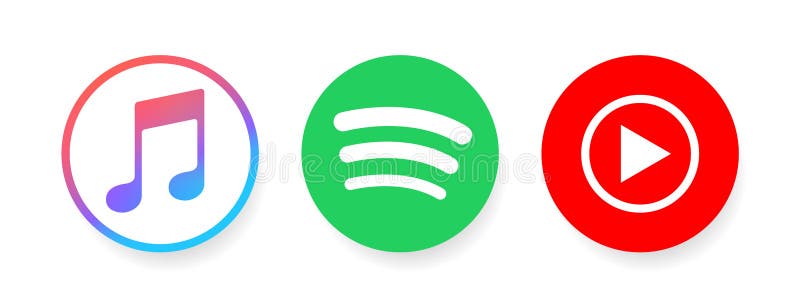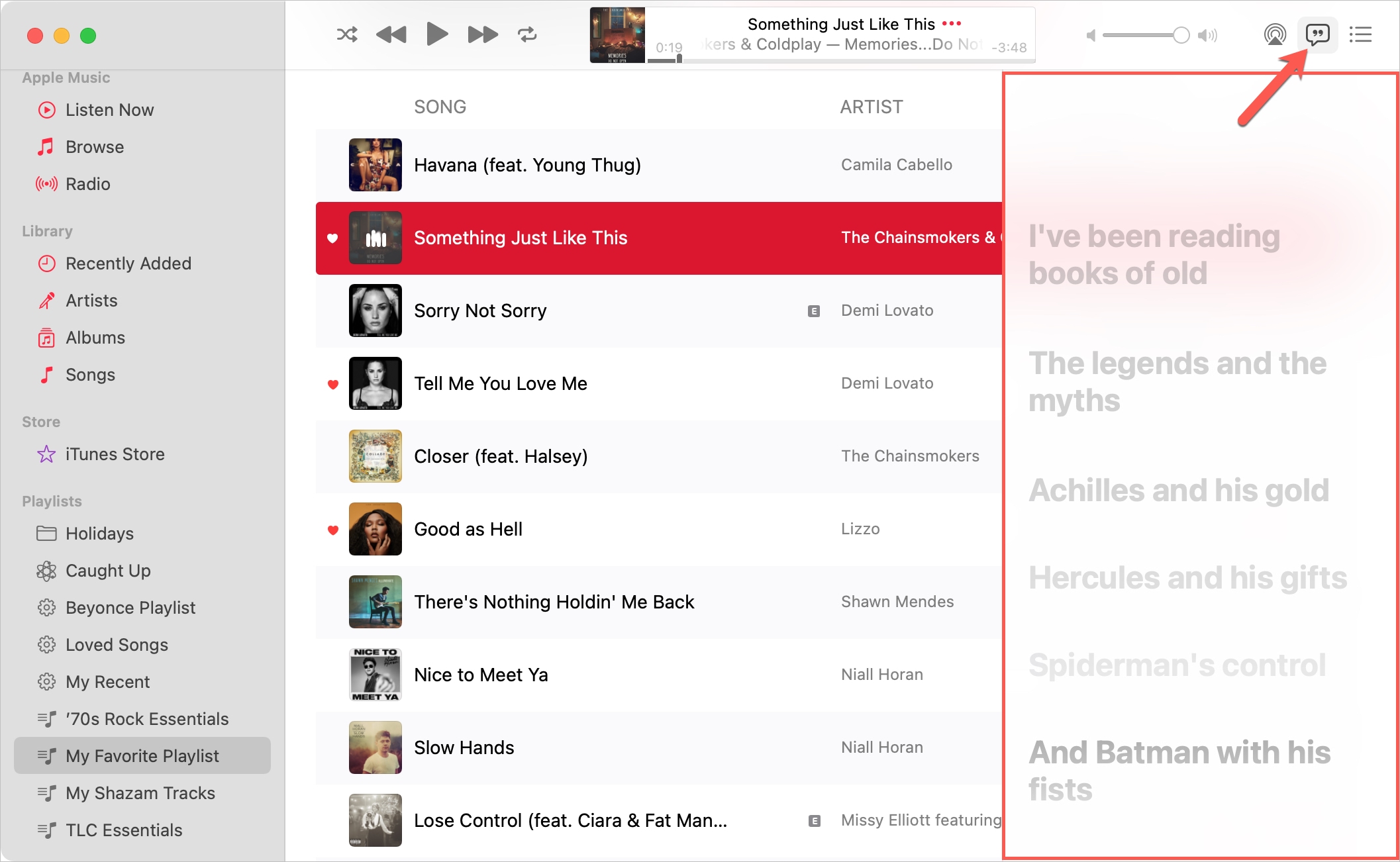

The words that the singer is singing to, also referred to as "the melody".(*We're not going into every single sound found in the history of music! Just the basics, so as not to overwhelm or overcomplicate.) Now, what's going on in those counts? Let's give those "sounds" a name. What are those sounds in music called?Īll right, so we got the gist of the timing. "one and two and three and four."Īdd an "e and" to mark 32 counts "one e and uh, two e and uh," which splits every count into 4s.As a result, there are more markers in the music – so we use the "and"s and the "and e"s for faster-tempo pieces. "The counts in between – "and" counts – are used to mark 16 counts.

For example, if a choreographer says that a move executes on "the 5," you're going to count into the music: "one, two, three, four, MOVE. In dance musicality, the 8-count is sort of like a map to know when you do a certain move. We use an 8-count to break down the structure of the music. In order to do this, let's study some basics of music theory.
#Musicality mac how to#
If you are familiar with the different sounds that make up a song, then you'll know how to execute moves to better portray those sounds. Not sure what textures are? Read this: What Are Textures In Dancing? For example, were there any sounds in the videos above that surprised you? Now, you'll never be able to un-hear it! How to use dance musicalityĬhoreographers utilize different ways of execution, timing, and textures to portray how they hear the song. In addition, great choreographers also have unique ways of moving to music that bring out sounds you might not have heard when you’re just listening to the song. This is because Carlo, Pat and Aggie, and Law listened and choreographed to the song using their own musicality. They're all so different, right? And dope, in their own ways.


 0 kommentar(er)
0 kommentar(er)
